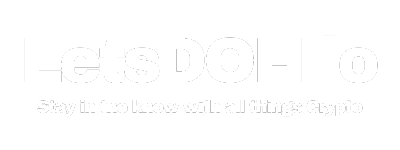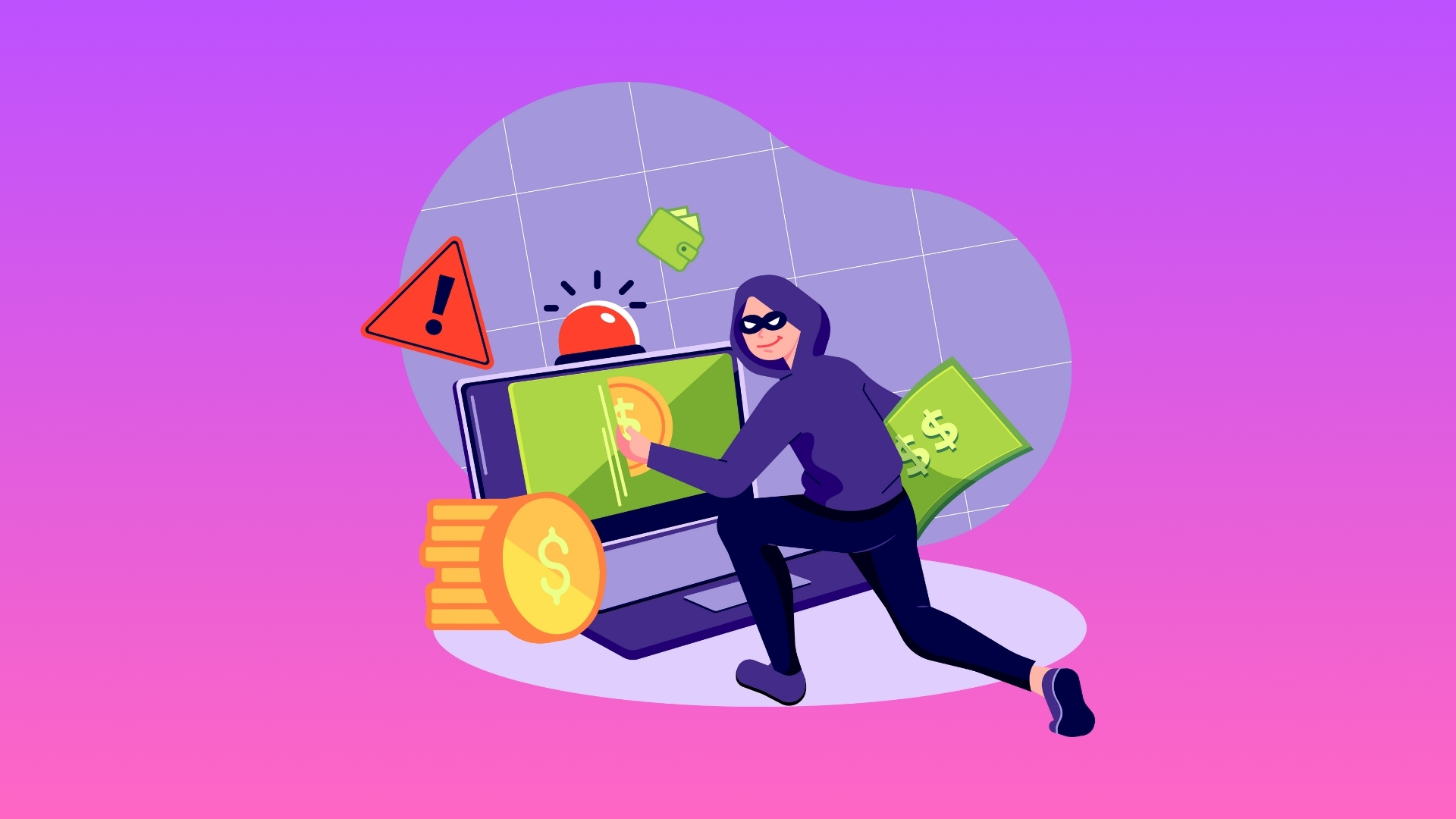What are the main risks of using DeFi?
Jump to section
Decentralized Finance (DeFi) offers exciting opportunities, but it also comes with unique risks and challenges. Understanding these risks can help users navigate the DeFi landscape more safely.
Smart Contract Risks
Smart contracts are the backbone of DeFi protocols, enabling them to operate without intermediaries. However, these automated contracts can have vulnerabilities or bugs. If a smart contract has flaws, it can lead to financial losses or even the complete loss of funds.
While some users with programming skills can audit the smart contract code themselves, most people rely on independent audits by reputable firms. It is advisable to use DeFi platforms that have undergone such audits to minimize risk. However, remember that audits do not guarantee safety, as unforeseen vulnerabilities may still exist.
Malicious Actors
The decentralized nature of DeFi opens doors for scammers. Common scams include honeypot traps, fake accounts, and phishing sites. Scammers often reach out via social media channels like Telegram, Discord, and Twitter, trying to build trust before executing their scam.
To avoid falling victim to these scams, users should exercise caution when interacting with unknown projects and thoroughly verify the credibility of development teams. Conducting comprehensive research before investing in or participating in DeFi protocols is crucial.
Impermanent Loss
Impermanent loss occurs when the value of assets provided to a liquidity pool changes relative to each other. For instance, if you provide liquidity to an ETH/USDC pool and the price of ETH rises significantly, the value of your assets in the pool may decrease compared to simply holding them.
This loss is “impermanent” because it only becomes permanent if you withdraw your assets when their value is lower. Yield farming and earning fees from trading within the pool can sometimes offset this loss, but it’s essential to be aware of the risks.
Rug Pulls
A rug pull is a scam where DeFi project developers create liquidity pools, attract investors, and then withdraw all funds, leaving investors with worthless tokens. This usually happens after generating hype and enlisting influencers to promote the project. Once enough funds are locked in the pool, the scammers sell their tokens and exit with valuable assets like ETH or USDT, causing the token’s value to plummet.
To protect yourself, research the project’s token distribution and be wary of projects where a small number of individuals hold a large portion of the supply. Ensure the project has transparent and credible team members and community engagement.
Collapses
DeFi projects can collapse due to various reasons, including lack of transparency, poor token distribution, or vulnerabilities in the underlying protocols. The Terra Luna collapse of 2022 is a notable example of such risks.
It’s vital to research projects thoroughly, understand their governance structures, and be aware of any single points of failure that could lead to systemic issues.
Tips to Stay Safe on DeFi
Do Thorough Research
Before participating in any DeFi project, research it thoroughly. Start by examining the project’s website for comprehensive information about its goals, features, and use cases. Review the white paper for technical details and potential risks.
Verify the developers’ backgrounds and their contributions to the crypto community. Established developers can provide confidence in the project’s legitimacy.
If It Seems Too Good to Be True — It Probably Is
Be skeptical of offers that seem too good to be true. High rewards with minimal effort often come with high risks. Always ask yourself if the offer might be a scam.
Use Two-Factor Authentication (2FA)
Enable 2FA on your DeFi accounts to add an extra layer of security. This requires you to enter a verification code in addition to your password, making unauthorized access more difficult.
Use a Hardware Wallet
A hardware wallet stores your private keys offline, providing enhanced security. Unlike software wallets, hardware wallets are not connected to the internet, reducing the risk of hacking.
Investigate the Community
Evaluate the project’s community activity, user feedback, and transparency. Active and engaged communities can indicate a project’s credibility, but be cautious of fake engagement.
Disconnect Your Wallet After Each Session
Always disconnect your wallet from DeFi platforms after each session. This prevents unauthorized access to your wallet details and token balances.
Never Invest More Than You Can Afford to Lose
Investing in DeFi can be risky. Never invest more than you can afford to lose, and be mindful of the amount of crypto you deploy in these protocols.
By following these guidelines and staying informed, you can navigate the DeFi space more safely and make informed decisions about your investments.

